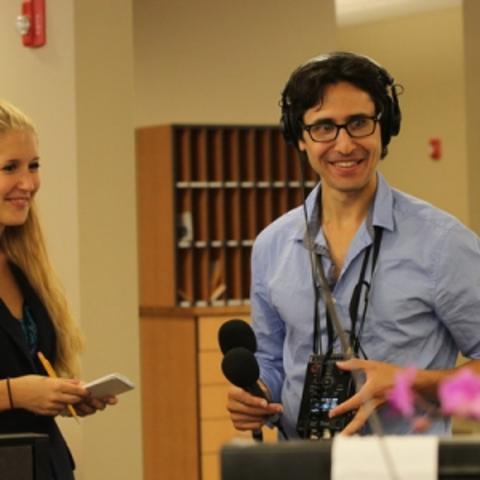Section Branding
Header Content
One Year After Failed Harvest, Strong Season Ahead For Georgia Peaches
Primary Content
For Mark Sanchez, being a peach grower means "you pretty much stay worried all year."
That's because for peaches to bloom in the spring, peach trees have to stay cold in the winter. At Lane Southern Orchards in Fort Valley, Georgia, that means getting 650-850 "chill hours" — or hours under 45 degrees Fahrenheit — between November and February. But last year, conditions didn't even come within range. By Sanchez's estimate, Fort Valley only got about 550 cold hours. Whereas a typical peach season goes through mid-August, Lane wrapped up operations in early July.
So after this year's cold winter, Sanchez, Lane's CEO, is more optimistic.
We talk to him about what we can expect from this year's peach season and what makes Georgia the peach state even though other states have surpassed our production levels.


